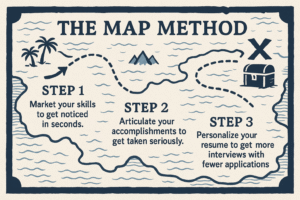
Ever felt like your PhD skills are a perfect fit only for a niche job, but those jobs are like finding needles in a haystack? You’re not alone. This is one of the most common struggles biostatistics graduates face when breaking into industry roles. The problem? Focusing too narrowly on what your PhD specialized in can make landing that first job way harder than it needs to be.
The Story of Emma: From Specialist to Versatile Candidate
Take Emma, for example. She spent four intense years in her PhD honing her expertise in longitudinal data analysis, specifically on a rare neurological disorder. She thought this specialized skill was her golden ticket to a job in that very niche. So, naturally, she applied to roles explicitly mentioning longitudinal analysis of rare diseases.
Weeks turned into months with no positive responses. Emma was puzzled. Her skills were top-notch, but recruiters seemed uninterested. After chatting with mentors and peers, Emma realized her job hunt was too focused. The industry doesn’t always advertise roles that fit such a narrow profile, and competition for those few roles is fierce.
Emma shifted her approach. She began applying for more general biostatistics positions – roles that required solid statistical programming, clinical trial analysis, or even broader epidemiological modeling. She showcased how her longitudinal analysis skills were transferable and valuable in those roles, even if the exact disease or analysis wasn’t the same.
Guess what? She landed an industry role within three months. After gaining a few years of experience, Emma transitioned to another company that offered more specialized projects – some even focusing on rare diseases. Her flexibility and broader approach made her far more attractive to employers.
Why Casting a Wider Net Works Better
The temptation to stick only to what you know deeply is strong. But the harsh truth is: it’s already challenging enough to secure your first industry position without shrinking your job search to a handful of highly specialized roles.
Think of it this way: the job market is like a river. Trying to catch a rare fish in a tiny corner might take forever. But if you cast a wider net first, you increase your chances of catching something valuable. Once you’re in, you can specialize and niche down.
Here’s why a general-to-specific approach is key:
-
More opportunities: Broad biostatistics roles are abundant. Think clinical trial data analysis, regulatory statistics, health data science, or even pharmaceutical analytics. These jobs value strong statistical foundations and programming skills, which your PhD gave you.
-
Demonstrate flexibility: Industry loves candidates who can adapt. Showing that you can apply your biostatistics skills beyond your thesis topic makes you a stronger contender.
-
Build a track record: Early industry experience, even if it’s not exactly your PhD focus, lets you prove your capabilities and open doors to niche projects later.
-
Reduce frustration: Limiting yourself to very specific roles increases rejection chances, which can be demoralizing. A broader search keeps you motivated and increases your learning opportunities.
How to Translate Your PhD Skills Effectively
1. Highlight Transferable Skills Clearly
Your PhD trained you in rigorous data analysis, statistical modeling, programming in R/SAS/Python, and critical thinking. These skills apply across many industry jobs. Don’t bury them under complex jargon or hyper-specific research details.
2. Speak Industry Language
Job descriptions use certain keywords: clinical trials, data management, regulatory submissions, real-world evidence, machine learning. Align your resume and cover letter with these terms while linking them back to your PhD experience.
3. Start Broad, Then Pivot
Apply to roles that mention general biostatistics or health data analysis. Once you’re inside an organization, express interest in projects closer to your niche. Many employers appreciate that internal ambition.
4. Network and Seek Informational Interviews
Reach out to biostatisticians working in various industry sectors. Understand what skills they use daily and what employers seek. This insight will help you tailor applications more effectively.
Your Next Step
If you’ve been stuck applying only to hyper-specific roles, it’s time to rethink your strategy. Cast a wider net first: apply to general biostatistics and health data analysis jobs, emphasize your broad skills, and show your eagerness to learn and adapt.
Industry needs problem solvers with strong stats skills who can wear multiple hats. Your PhD prepared you for exactly that! You just have to communicate it right.
So start broad, get your foot in the door, and then watch how your career can naturally flow into the niche areas you love.
Ready to expand your job search horizons? Update your resume with this approach today. And if you want more tips, you can sign up for the free email course below!
Ready to Land More Biostatistics Interviews?
Get my free email course that walks you through the exact steps biostatistics professionals are using to get more callbacks, without rewriting their resume 100 times.
- 🔬 Step-by-step, field-tested advice
Tried-and-true strategies designed specifically for biostatistics job seekers. - ✅ Actionable steps you can apply immediately
Each email includes one clear step to help you get noticed and get interviews. - 📬 1 email per day. Zero fluff. Just results.
Short, focused lessons that respect your time—and deliver real value.

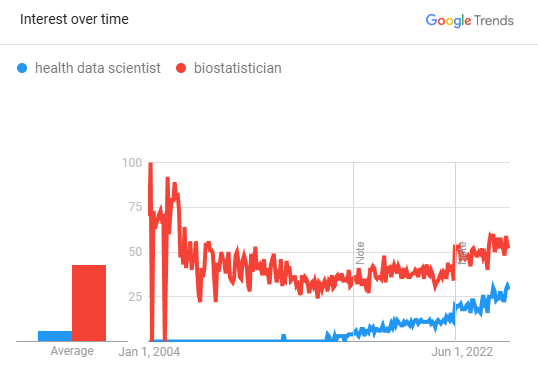
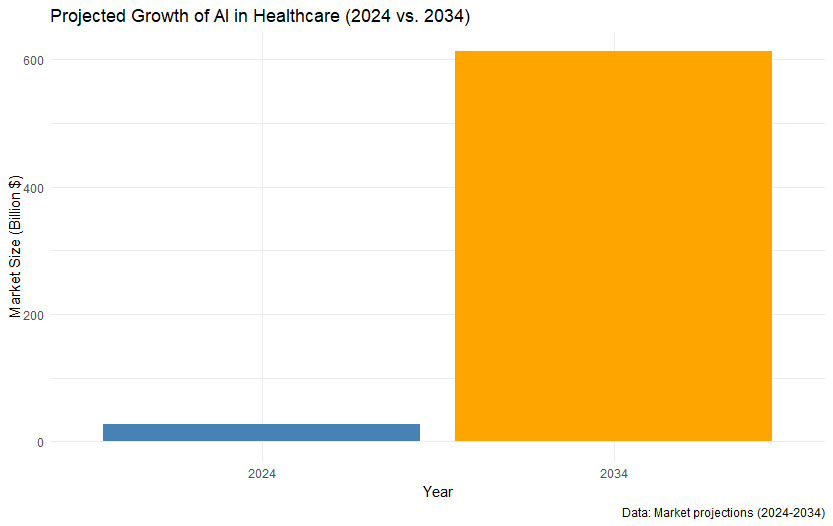
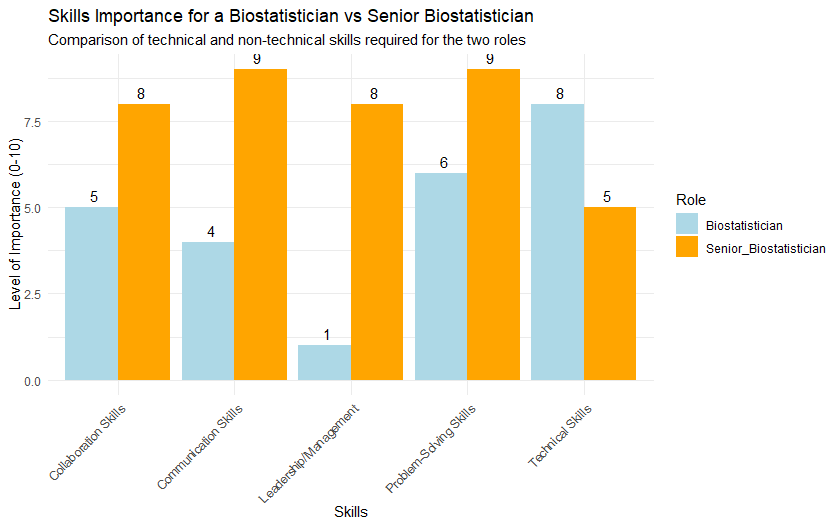
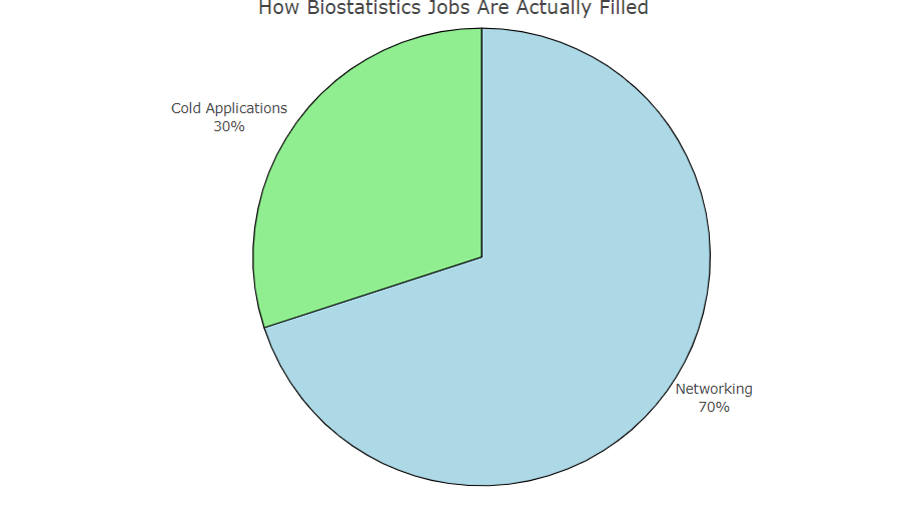
 Most biostatisticians pursue careers in clinical trials or public health, but there is another option: Real-World Evidence (RWE). RWE which offers a promising career for those seeking something different. In this post I’ll explain what RWE is, what you can expect when working as a biostatistician in this field, and why it’s an attractive and rewarding career choice for biostatisticians.
Most biostatisticians pursue careers in clinical trials or public health, but there is another option: Real-World Evidence (RWE). RWE which offers a promising career for those seeking something different. In this post I’ll explain what RWE is, what you can expect when working as a biostatistician in this field, and why it’s an attractive and rewarding career choice for biostatisticians.